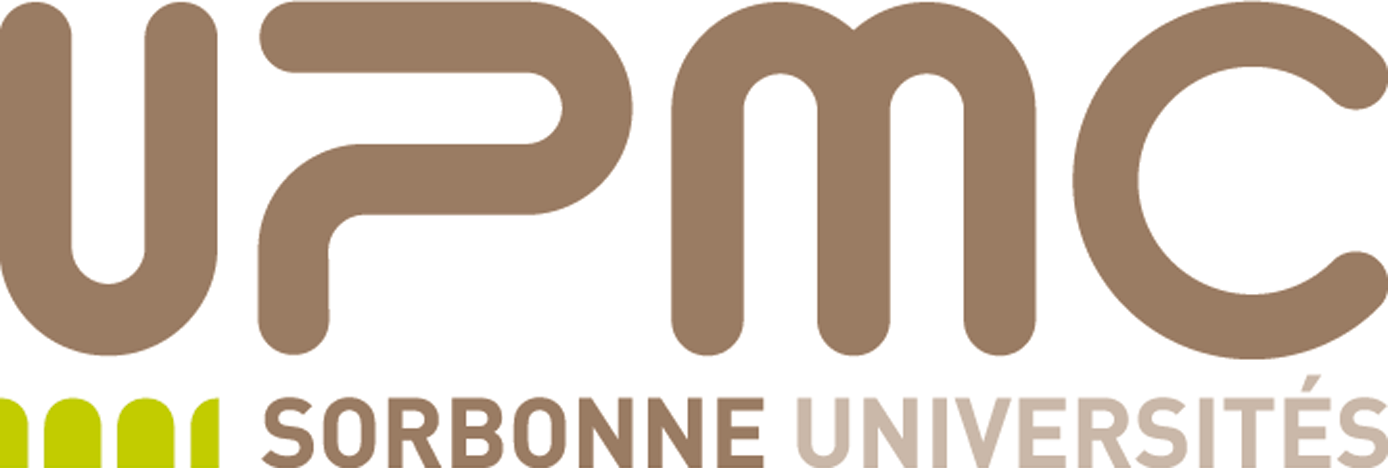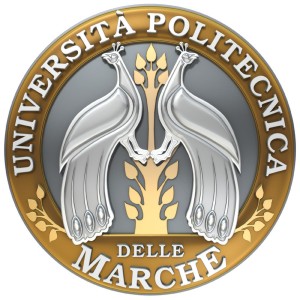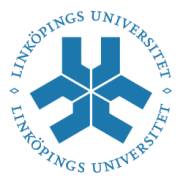Université Pierre et Marie Curie (UPMC), France
The Electronics and Electromagnetism Laboratory (L2E) is an academic research laboratory depending of the Pierre and Marie Curie University of Paris (UPMC) since 1994, in the engineering sciences research area. Represented by 21 permanent teachers-researchers, L2E receive undergraduate and PhD students, and postdoctoral researchers, several of them being led in co-operation with industrial companies.
Research activities of the L2E are concentrated on electronic system engineering instrumentation. With 10 Associate professors and 3 Professors, the Electronics group research activities involved in this project are focused on the design, modelling and characterisation of integrated electronic and optoelectronic devices and systems in both low and high frequency domains. This research group have a strong experience in these specific areas:
- Integrated microwave-photonic and sub-millimetre devices
- Integrated detectors and colour sensors in CMOS and BiCMOS technology
Our research policy aims to maintain certain equilibrium between:
- Long term research corresponding to about 30 % of the activity aiming to identify, understand and analyze new phenomena or new behaviours which could be used in the electronic and optoelectronic components and devices in more than ten years
- Medium term research corresponding to about 50 % of the activity. By working in close relation with national and international large companies, development of high performance components and devices and even systems helping the companies to maintain a favourable position in the international market in the next five-ten years.
- Short term research, about 20 % of the activity. Fabrication of prototypes for applications in less than five years in domains like telecommunications, health, food testing and transport. Transfer to regional SMEs and IEMN start-ups.
Role in NANO-RF:
Nano-Antenna design, modelling and measurement in microwave domain.
Laboratory resources:
HFSS and ADS simulation softwares and a fully equipped RF-Probe stations and RF measurement tools (VNA, Oscilloscope, power meter…)
Key personnel:
Charlotte Tripon-Canseliet received the M.S.E.E. degree in fundamental physics and optics and materials from the University of Rennes and Paris VII (France) in 2000, and the Ph.D. degree in 2003 within Pierre and Marie Curie University of Paris. Her doctoral researchs in microwave photonics concerned the study of the optical control of microwave devices and its use for microwave modulation and sampling, in the Electronic group research group of the Electronic and Electromagnetic Lab (L2E), in cooperation with Thales Airborne Systems.
Since 2005, she is in charge of the modelling and design of optically-controlled microwave devices as a research engineer, and starting from 2007 as associate professor at Pierre and Marie Curie University. Her competences are focused on design and characterization of MMIC nanodevices by use of 3D electromagnetic commercial softwares and homemade non-linear modelling of photoconductivity which allows integration of the optical control in commercial microwave softwares. Since 2004 she also works on the design of millimeter- and submillimeter-wave frequency multipliers in integrated technology for radio-astronomy, in cooperation with the Jet Propulsion Lab (JPL-NASA, USA) and Paris Observatory (France). At present time, she is involved into four fundamental research projects supported by the French Delegation of Defense and the French National Agency of Research (ANR).






